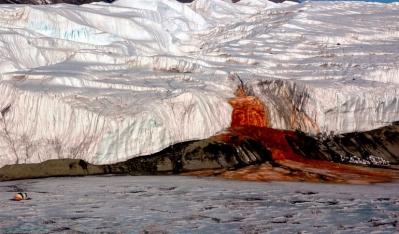2 Results in category Storm chasing
Storm chasing is a risky activity that involves chasing extreme weather conditions for purposes of adventure, media coverage, curiosity or scientific exploration. Most chasers aim at directly witnessing a tornado, while many of them spend time chasing thunderstorms or witnessing a cumulonimbus cloud, watching lightning, or unfolding of skyscapes. Some storm chasers also run behind hurricanes. This kind of chasing often involves drives of several miles with the intent of capturing the thunderstorms at its best owing to short span of time. It is very normal for a storm chaser to lose at most chases, but their involvement and methods vary widely. They depend largely on the weather forecast before going on a chase as well as while on a chase.
Storm chasers are mostly seen active during spring and summer, i.e. during May and June. Along the Great Plains in the United States and extending up to Canada, many chasers are seen active at the Tornado Alley during this period as it coincides with the major active tornado days. This place is well known for its intense supercells and moisture profile which make it vulnerable for storms towards the farther east where there are more thunderstorms. During the other periods of the year, storms are more isolated and slow, which is also a great interest for many chasers. Technological advancements have enabled chasers to extend up to lesser accessible areas like hills and forests.
The functioning of chasers depends upon the occurrence of thunderstorms and the date. During the warmer months, like April, there is more activity especially at the farther north areas. During the autumn transitions periods of October and November the peak of thunderstorms and tornado goes slightly down. Areas like Southern Plains experience the tornado season in an intense yet short period.
There are well-organized chasers who work at the Northern Territory’s Top End and also in areas of southeast Australia, who have been quite successful especially during the end of the year. A small number of chasers also exist in countries like France, Finland, Spain, Germany, the Netherlands, Israel, Argentina, Switzerland, Estonia, New Zealand and Bulgaria, some of which also have trekked to North America’s Greater Plains and other countries across the globe, especially in the United Kingdom.
Chase the dancing Northern Lights and explore every corner of Greenland's capital city on this 2-hour nighttime tour in Nuuk.
THIS FIVE-STORY, BLOOD-RED WATERFALL POURS very slowly out of the Taylor Glacier in Antarctica’s McMurdo Dry Valleys. When geologists first discovered the frozen waterfall in 1911, they thought the red color came from algae.


